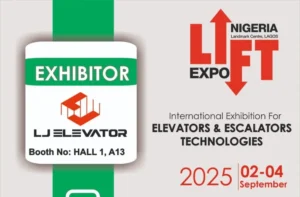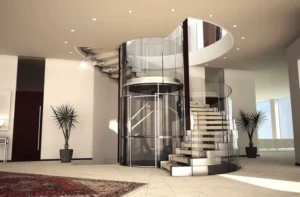With urban renewal and rising living standards, old elevators are becoming an increasingly important concern for safety and quality of life. When you rely on an old elevator that has been in your building for decades, safety hazards, frequent breakdowns, and discomfort have become urgent problems that need to be solved. Professional elevator renovation is not only to protect your travel safety, but also to enhance the overall image of the building and living experience. In this article, we will provide you with a detailed analysis of the necessity of old elevator renovation, renovation methods and the multiple benefits it brings, which will help you cope with the hidden safety hazards and realize the comprehensive upgrade of elevators.
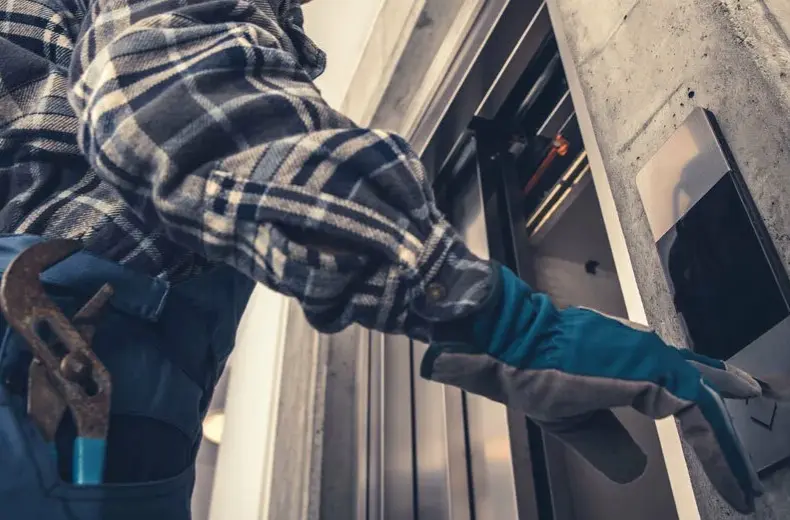
The urgent need for elevator modernization
Many elevators in older residential communities have exceeded their designed life span. After 15 years of service, core components like cables, control panels, and braking systems suffer from wear and tear. These systems now experience:
- Frequent malfunctions (e.g., stops, entrapments)
- Extended repair times and rising maintenance costs
- Outdated models with scarce replacement parts
- Excessive energy consumption
- Visible deterioration (vibration, noise, and a worn-out appearance)
- Inefficient performance with prolonged waiting times
Every malfunction not only disrupts daily routines but also raises serious safety concerns. Modernizing these systems by replacing outdated components with advanced technologies is essential to ensure reliable and safe vertical transportation.
Determining when your elevator needs an upgrade
Before initiating a modernization project, property managers should evaluate their systems based on these key criteria:
- Usage Duration: Elevators operating for more than 15 years typically show significant performance declines.
- Frequent Breakdowns: A recurring history of issues—such as unexpected stops, alarms, or entrapments—signals that internal mechanisms are deteriorating.
- High Maintenance Costs: If repairs are expensive and downtime is long, it is a clear sign of an aging system.
- Outdated Components: Legacy models often suffer from parts shortage, leading to unreliable performance.
- Safety Concerns: Aging components such as steel cables, control systems, and braking devices may no longer meet modern safety standards.
- Ride Comfort: Excessive noise, jolting movements, and inaccurate leveling contribute to an uncomfortable experience.
Tailored modernization solutions
Elevator modernization can be approached with a range of strategies, depending on the specific needs of the building and budget constraints. The main solutions include:
1. Component upgrades
For elevators with generally sound structures but outdated internals, targeted component upgrades are a cost-effective and minimally disruptive option. Upgrades typically include:
- Electrical & Control Systems: Replacing legacy control panels with state-of-the-art, integrated control systems.
- Door Operators: Upgrading from old, noisy DC door machines to modern multi-stage door systems that simplify wiring and maintenance.
- Safety Devices & Energy-Efficient Parts: Implementing advanced braking systems, modern safety sensors, and energy-efficient electrical components.
- Interior Enhancements: Refreshing the cabin with modern finishes, such as 304 stainless steel walls, LED lighting, and elegant floor finishes like marble for a more inviting ride.
2. Complete system overhauls
When wear is extensive or technology is too outdated, a full system overhaul might be required. This comprehensive solution involves:
Replacing the traction system, guide rails, and even the cabin.
Installing modern systems like permanent magnet synchronous traction machines combined with integrated drive systems, which offer a smaller footprint, lower noise, and improved energy efficiency.
Transforming the outdated elevator into a system that meets current performance, safety, and aesthetic standards.
3. Modular modernization
A modular approach offers flexibility by allowing selective updates based on the building’s specific needs and budget:
- Core Upgrades: Focus on critical areas such as safety components, energy efficiency, electrical systems, traction systems, appearance, and human-machine interfaces.
- Preserved Components: Retain existing systems that are still effective, such as guide rail systems, lobby door systems, door frames, and landing door sills.
- Replacement Parts: Swap out key elements including control cabinets, door machines, cabins, and counterweight devices.

Technical highlights:
Utilization of high-durability straight steel cables ensures long-lasting performance.
A wearable guide rail design allows flexible adjustments without the need for fixed installations.
Industry-specific models like ML-K (for machines with an elevator machine room) and ML-W (for machine-room-less elevators) offer tailored solutions that address the unique demands of different building types.
Safety and comfort upgrades: A comparative advantage
Modernizing elevators not only increases operational reliability but also significantly enhances safety and passenger comfort. Key comparisons include:
- Door Machine:
Before: Conventional DC door machines with aged wiring lead to frequent malfunctions and high noise levels.
After: Advanced, multi-stage door systems feature integrated control and simplified wiring, reducing both noise and maintenance needs.
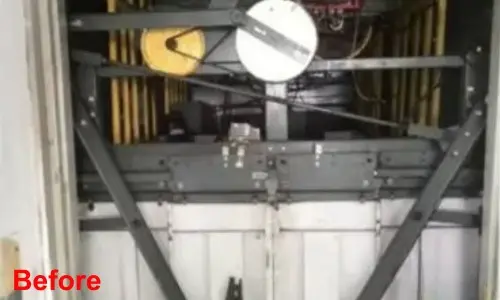
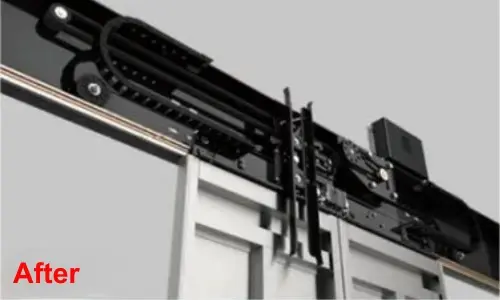
- Landing Door:
After: Upgraded stainless-steel doors not only improve functionality but also offer a more refined aesthetic appeal.


- Machine Room:
Before: Older systems are characterized by high noise, oil leakage, and excessive energy consumption.
After: Modern machine-room designs incorporate energy-efficient, permanent magnet synchronous traction machines and integrated drive systems, reducing both noise and energy use.
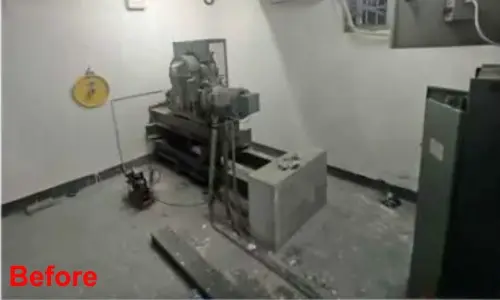

- Cabin Interior:
Before: Aging cabins with outdated lighting (incandescent bulbs) and poor ventilation create an unpleasant ride.
After: Modernized cabins feature polished 304 stainless steel walls, energy-saving LED lighting, and elegant marble flooring, providing a smooth, quiet, and inviting experience.
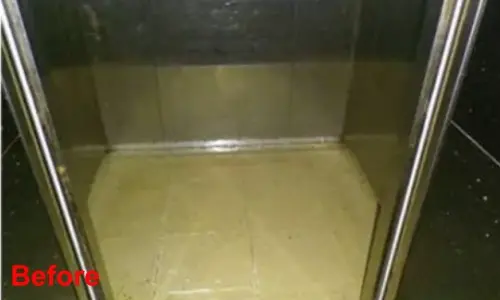

The benefits of elevator modernization
Upgrading old elevators delivers multiple benefits:
- Enhanced Safety: Up-to-date components drastically reduce the risk of malfunction, ensuring a secure travel environment.
- Improved Reliability: Fewer breakdowns and less frequent maintenance lead to consistent, dependable service.
- Increased Comfort: Modern systems offer smoother rides, reduced noise, and enhanced interior aesthetics.
- Cost Savings: Energy-efficient systems and lower maintenance requirements result in substantial long-term savings.
- Boosted Property Value: A modernized elevator enhances building image and marketability, making it a more attractive asset for potential buyers or tenants.
- Minimized Disruption: Modular upgrades are designed to be space-saving and quick to install, reducing downtime and minimizing inconvenience for residents.
Conclusion
Elevator modernization is a strategic investment in safety, efficiency, and comfort, particularly for aging residential communities. Whether you opt for targeted component upgrades, a complete system overhaul, or a modular modernization approach, the goal remains the same: to transform unreliable, outdated systems into modern, efficient, and attractive vertical transportation solutions.
At LJ Elevator, we specialize in tailored modernization strategies that address the unique challenges of older residential buildings. By combining cutting-edge technology with efficient installation methods, we help you secure a safer and more comfortable future. Contact us today for a free consultation and take the first step toward modernizing your elevator system.



